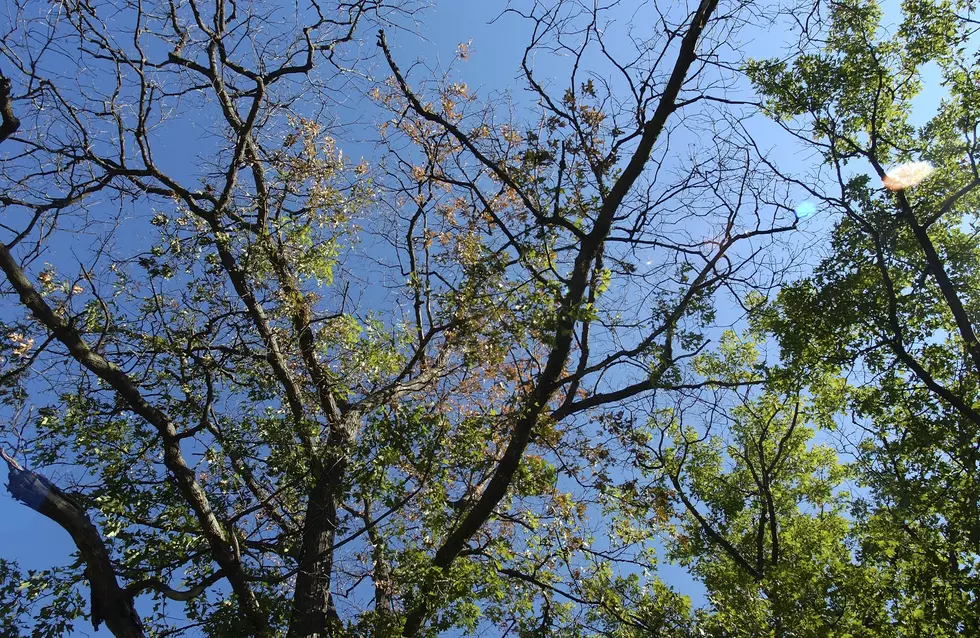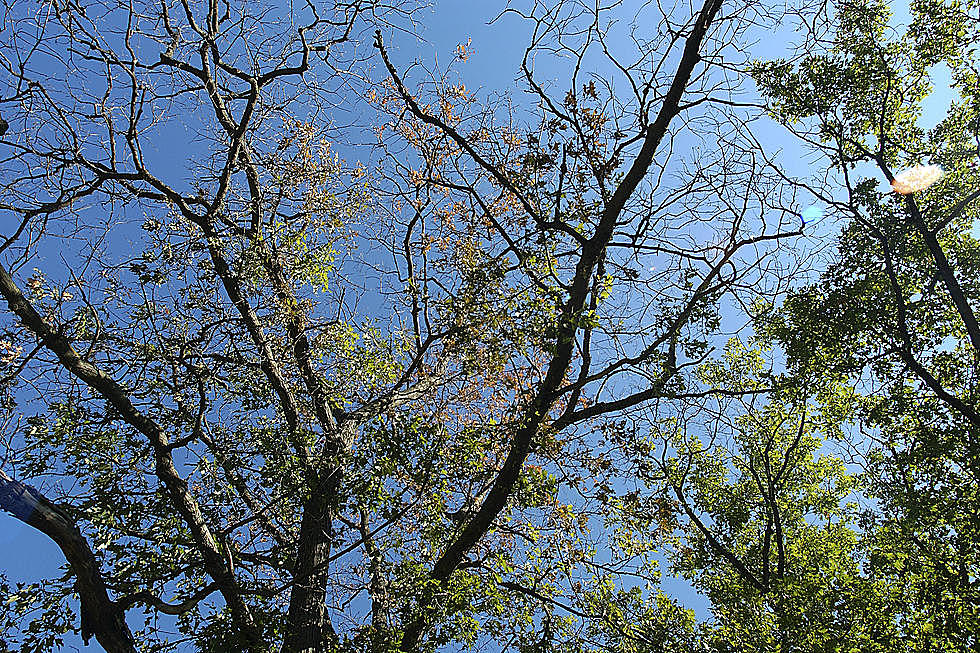
Why You Shouldn’t Move Firewood in Michigan
Moving firewood can be dangerous to trees. Find out why and learn which trees are most vulnerable to the danger.
The Michigan Department of Natural Resources forest health experts say not moving firewood is critical to limiting oak wilt. Wood from oak wilt-killed trees can produce spores, which can infect healthy oaks if they’re wounded in spring the following year.
According to Bob Heyd, DNR forest health specialist, oak wilt is a serious disease of oak trees. It mainly affects red oaks, including northern red oak, black oak and pin oak. Red oaks often die within a few weeks after becoming infected. Because white oaks are more resistant, the disease progresses more slowly.
“The spread of oak wilt occurs overland to new areas from April through July as beetles move spores from trees killed this year by oak wilt to wounds on healthy oaks next year,” Heyd said.
“We need to stop that cycle, and that’s why it’s important for people not to move firewood for the rest of the summer and fall seasons,” he said. “With the transport of firewood and other tree-related activities, you have to assume the risk is present, whether you live in metro Detroit or in the Upper Peninsula.”
Oak wilt has been detected in Dickinson, Iron and Menominee counties in the Upper Peninsula and in Alcona, Allegan, Alpena, Antrim, Barry, Benzie, Berrien, Calhoun, Cass, Cheboygan, Clinton, Crawford, Genesee, Gladwin, Grand Traverse, Kalamazoo, Kalkaska, Kent, Lake, Leelanau, Lenawee, Livingston, Macomb, Manistee, Mason, Midland, Missaukee, Monroe, Montcalm, Montmorency, Muskegon, Newaygo, Oceana, Oakland, Ogemaw, Oscoda, Ottawa, Roscommon, Saginaw, Shiawassee, St. Joseph, Van Buren, Washtenaw, Wayne and Wexford counties in the Lower Peninsula.
Once an oak is infected, the fungus moves to neighboring red oaks through root grafts. Oaks within approximately 100 feet of each other – depending on the size of the trees – have connected or grafted root systems. Left untreated, oak wilt will continue to move from tree to tree, progressively killing more red oak over an increasingly larger area.
“There are other oak problems that can easily be confused with oak wilt,” Heyd said. “Unlike most other problems, oak wilt causes the tree to suddenly drop its leaves in July or August. In fact, an oak wilt-infected tree dropping its leaves can happen all the way up to fall.”
Heyd advises residents who suspect their trees have oak wilt to first confirm their suspicion. “Once confirmed,” he said, “you’ll be given information on the variety of treatment options available.”
To report a suspected oak wilt site, email DNR-FRD-Forest-Health@michigan.gov or call 517-284-5895.
More From 100.5 FM The River









